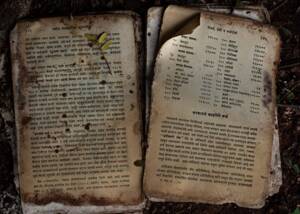The History of the Dead Drop: From Espionage Tool to Art Project
News News blog
The dead drop is a hiding place for transmitting secret messages, known only to the sender and recipient. It was probably first used by spies and informants who could not or did not want to communicate openly with each other.

How does a dead drop work?
Typically, the sender leaves the message in the dead drop, e.g., in a knothole, and marks it with an inconspicuous service sign. Some distance away, they place a security sign indicating whether the drop is safe. If it's missing, the recipient knows the hiding place has been discovered and avoids it. Optionally, the recipient confirms the pickup at a third location. This way, the sender and recipient are never at the same place simultaneously and can even remain anonymous.
Dead drops today
Although digital communication has replaced many classic dead drops, they are still used to transfer objects like cameras or material samples. In 2006, a stone with a built-in mini-computer was even found in Moscow, through which British spies exchanged information. To this day, the dead drop has a permanent place in spy literature.
Digital dead drops as an art project
In 2010, the artist Aram Bartholl started a project called "Dead Drops": He embedded USB drives into walls and published the locations on the internet. A file on the drives calls for the expansion of the network. The project criticizes the loss of control over data stored in clouds and quickly found many imitators worldwide. By May 2018, there were already 1970 digital dead drops with 27,000 GB of storage space, some even installed in vehicles to overcome borders.
Geocaching - Dead drops for fun
Geocaches, where people with local knowledge hide "treasures," also resemble dead drops. Although most of the time, no secret messages are left here, but rather proof of visits, the principle is related.
From an espionage tool to critical art to a hobby - the dead drop has undergone an exciting development. Even in the digital age, the idea of passing on information secretly and offline remains fascinating.










